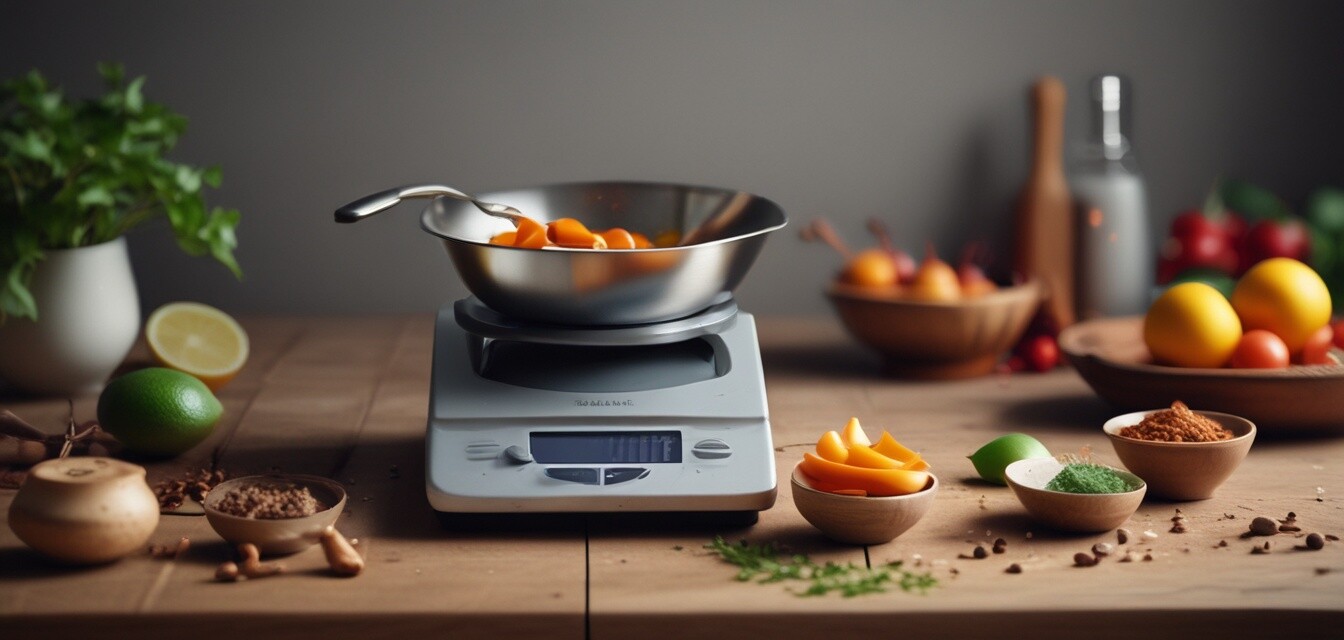
Best Kitchen Scales for Precision Cooking
Key Takeaways
- Kitchen scales enhance precision in cooking and baking.
- Different types of scales cater to varying needs.
- Consider features such as capacity, accuracy, and ease of use when choosing a kitchen scale.
- Digital scales often offer more functions than traditional ones.
- Investing in a high-quality scale can improve your culinary creations.
In the world of cooking and baking, precision is paramount. Whether you're crafting a delicate soufflé or measuring flour for a crusty bread, the right kitchen scale can make all the difference. In this guide, we'll explore the best kitchen scales that ensure you achieve accurate measurements every time, making your culinary endeavors more successful.
Why You Need a Kitchen Scale
Using a kitchen scale is essential for various reasons:
- Accuracy: Ensures that you use the correct amounts of ingredients.
- Consistency: Helps replicate success with recipes repeatedly.
- Variety of Measurements: Some recipes may list ingredients by weight instead of volume.
Types of Kitchen Scales
Kitchen scales come in different types, each suited for specific tasks. Below, we outline the most popular types:
| Type | Description | Best For |
|---|---|---|
| Digital Scales | Provide precise readings, often in various units. | Baking, meal prepping. |
| Mechanical Scales | Use springs to measure weight. Durable and simple. | General cooking, home use. |
| Multi-functional Scales | Include features like timers and conversion calculators. | Versatile cooking needs. |
Features to Consider When Choosing a Kitchen Scale
To find the perfect kitchen scale, consider the following features:
- Capacity: Make sure it can handle the amount of ingredients you'll typically weigh.
- Accuracy: Look for scales that can measure in small increments.
- Display: A clear, easy-to-read display is crucial.
- Portability: If you have limited kitchen space, consider a lightweight and compact option.
- Ease of Cleaning: A removable platform or a surface that wipes down easily makes maintenance a breeze.
Top Kitchen Scales Comparison
| Brand | Type | Capacity | Accuracy | Price Range |
|---|---|---|---|---|
| Brand A | Digital | 11 lbs | 0.1 oz | $20 - $30 |
| Brand B | Mechanical | 5 lbs | N/A | $15 - $25 |
| Brand C | Multi-functional | 22 lbs | 0.01 oz | $30 - $50 |
How to Use a Kitchen Scale
Using a kitchen scale is straightforward:
- Place the scale on a flat surface.
- Turn it on, and select the measurement unit (grams, ounces, etc.).
- Tare (zero) the scale with a bowl or container on it.
- Add your ingredients until the desired weight is reached.
Maintenance Tips for Kitchen Scales
To keep your kitchen scale in top condition:
- Clean regularly: Wipe down the surface with a damp cloth after each use.
- Store properly: If not in use, store in a dry place away from harsh chemicals.
- Battery care: Replace batteries as needed for digital scales to ensure consistent performance.
Conclusion
Investing in a high-quality kitchen scale can significantly improve your cooking and baking precision. By understanding the types of scales available and the features that matter, you can make an informed decision. When equipped with the right tools, you'll find that creating culinary masterpieces is easier than ever!
Pros
- Enhances accuracy in cooking and baking.
- Reduces the risk of ingredient measurement errors.
- Can be used for a variety of recipes including savory and sweet dishes.
Cons
- Some advanced scales can be pricey.
- Require batteries or frequent charging for digital versions.
- May need calibration over time for accuracy.
For those looking to explore more about culinary tools, check out our article on Cutlery and Knives or dive into our Baking Essentials guide.